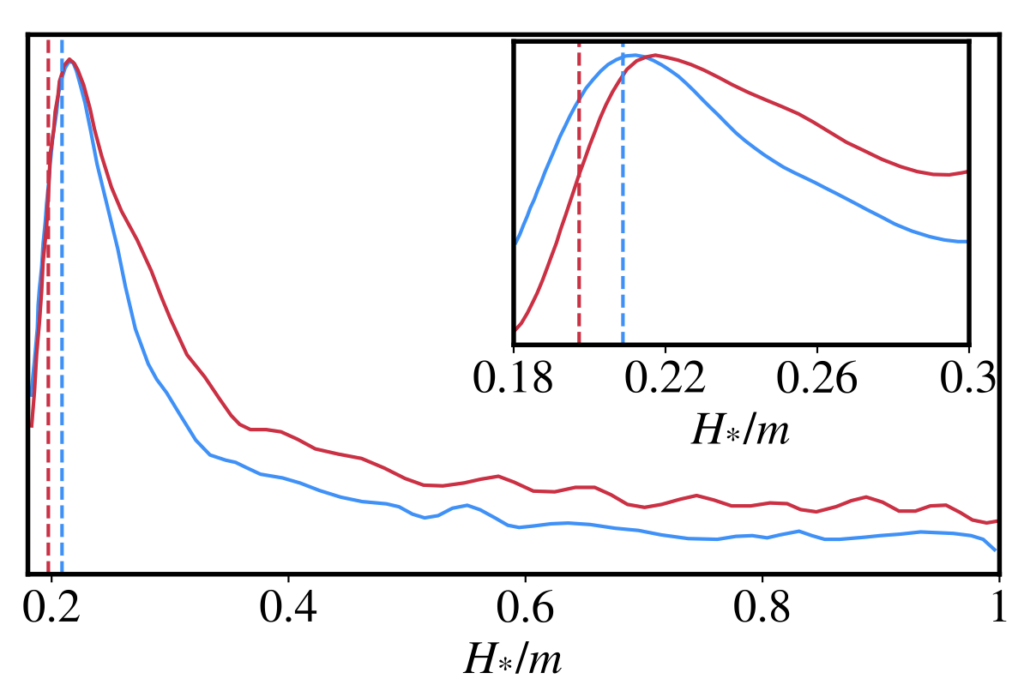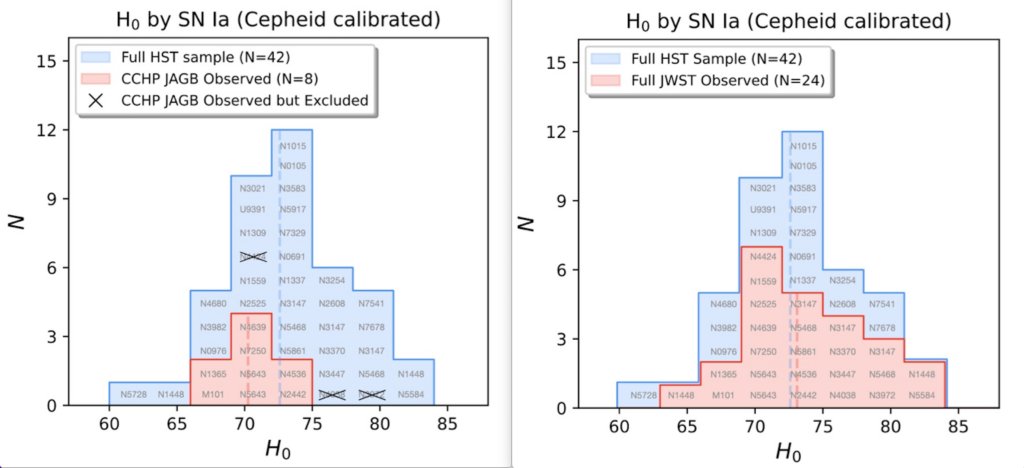In a new paper with Aleksandr Chatrchyan, Florian Niedermann, and Vivian Poulin (https://arxiv.org/abs/2408.14537), we generalize the treatment of the NEDE fluid in the Cold NEDE model and test it against updated CMB and Supernovae data. We show that in the Cold NEDE model, the NEDE fluid can, as previously anticipated, be described as a mix of stiff fluid and radiation consistently with data.
The new CMB Planck NPIPE data and Pantheon+ supernova data slightly increase the tension between ΛCDM and SH0ES. This similarly slightly increases the residual tension in (N)EDE models when relieving the Hubble tension, with Cold NEDE doing slightly better than AxiEDE and other EDE-type models. On the other hand, we know from other studies that the recent DESI data pulls in the opposite direction toward reducing the residual tension by a similar amount. In conclusion, further improvements in data and NEDE model building provide a constructive and promising way forward.
Finally, we have made a non-trivial test of the Cold NEDE model. In the Cold NEDE model, it is a theoretical prediction that the ratio between the Hubble rate at the time of the phase transition, H*, and the mass of the trigger field, m, should satisfy H*/m ~ 0.2. Being agnostic about the underlying model and fitting H* and m as free parameters to the data is a way of testing this specific prediction of Cold NEDE. It is spectacular that we find a peak in the probability distribution for H*/m between 0.20 and 0.22 as predicted (see figure below).


